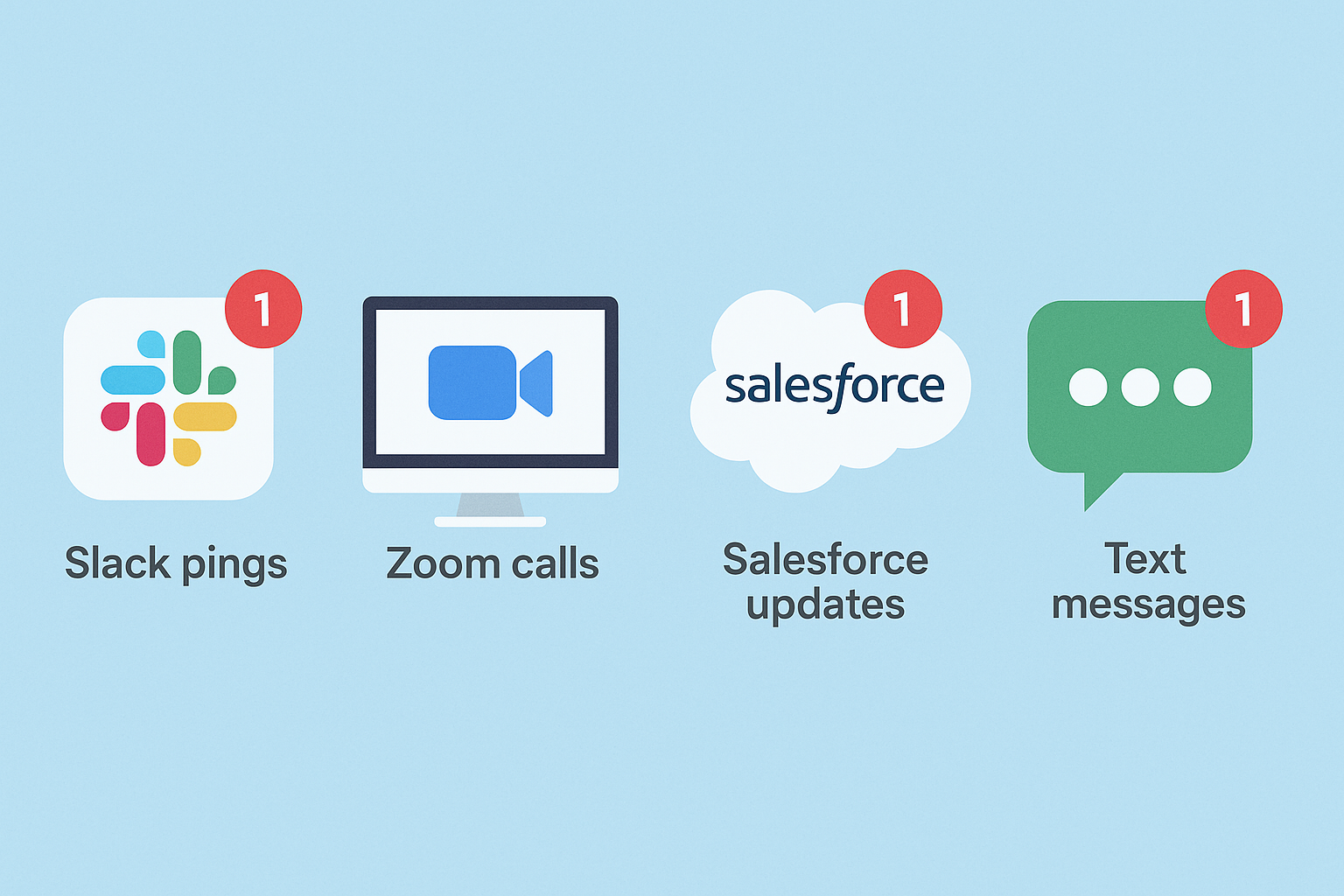They blame employees for looking down at their phones, but they’re the ones who built a culture that forces everyone to stay plugged in.
They blame employees for looking down at their phones, but they’re the ones who built a culture that forces everyone to stay plugged in.
Bosses hate that you’re on your phone all the time. The funny thing is, they made this problem. Today’s screen time at work isn’t about scrolling for fun, it’s about trying to survive in a system that never stops pinging.
Last week, The Wall Street Journal reported that several top executives, including JP Morgan CEO Jamie Dimon, are cracking down on employees who use their phones during meetings. In his annual letter, Dimon didn’t mince words: “This has to stop. It’s disrespectful. It wastes time.”

He doubled down at Fortune’s Most Powerful Women Summit, saying if someone has an iPad open and looks distracted, he tells them to “close the damn thing.” Other leaders are following his lead, instituting “no-phone zones” and even phone “swear jars” for anyone who dares to glance at a notification.
The message is clear: leaders think the smartphone is the enemy of focus. But here’s the truth—they built the system that keeps people glued to their screens.
Most employees aren’t checking Instagram in meetings because they’re bored. They’re juggling a constant flood of communication. Slack pings. Zoom calls. Salesforce updates. Text messages. Project management alerts. And, of course, the endless stream of emails.
What was supposed to make work easier has become a 30-car pileup of messages, dashboards, and deadlines. Technology didn’t simplify communication—it multiplied it.
CEOs love to talk about efficiency, but most white-collar workers spend their days in back-to-back meetings, multitasking their way through a dozen platforms, trying to keep up. When are people supposed to reply to all those messages? Between bathroom breaks?
The modern workday is designed for distraction, and now leadership is shocked that employees are distracted.

One executive interviewed by The Wall Street Journal bragged about banning Wi-Fi in meeting rooms, claiming it made people “less stressed.” Maybe in the moment, sure—but that stress doesn’t disappear. It’s waiting for them the second the meeting ends, when they log back in to dozens of unread messages demanding instant replies.
The same article noted that burnout hit 66 percent of American workers this year, according to a study by Moodle. That’s not a coincidence. When you remove autonomy and pile on communication overload, people burn out.
Yes, we’re all addicted to our phones. We spend too much time on TikTok, Instagram, and everything in between. But that’s not the point. The problem isn’t personal discipline—it’s the structure of work itself.
In the old days, meetings were the interruption. Now, meetings and messages are the work. We’ve blurred the line between talking about the job and doing the job. And because leaders keep measuring productivity by visibility instead of outcomes, employees feel pressured to respond instantly to everything.
If CEOs want people to look up from their screens, they need to look in the mirror first. The real screen time at workcrisis isn’t about distraction. It’s about how leadership designed work to make constant connection unavoidable.
They built cultures that reward “always on” behavior, they normalized constant updates, and they equated responsiveness with commitment. Now, when the symptoms show up—burnout, distraction, exhaustion—they’re blaming the devices instead of the design.
Here’s the irony: the leaders who fix this will be the ones who win. The companies that build cultures around focus and thoughtful communication will attract the best talent, not the most available.
Work doesn’t need fewer phones. It needs fewer pointless meetings. Fewer pings. More clarity.
The problem isn’t phones. The problem is pretending endless communication equals productivity.
Leaders who fix how we communicate will win back something rare—time to think.